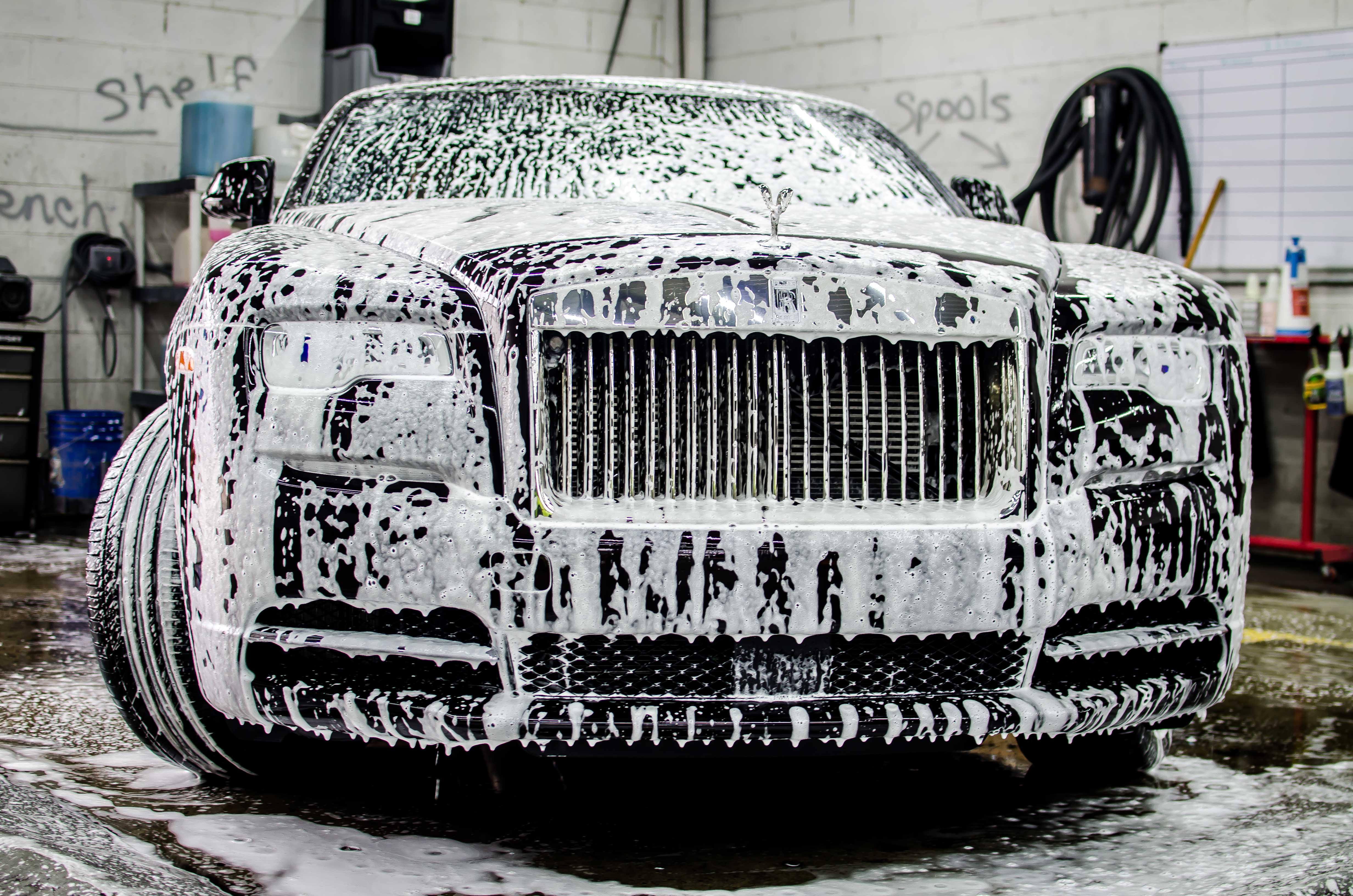Enhance Your Ride with Detail'd Luxury Detailing & Coatings for Maximum Durability
Enhance Your Ride with Detail'd Luxury Detailing & Coatings for Maximum Durability
Blog Article
A Comprehensive Overview to Ceramic Coating and Its Duty in Vehicle Detailing Quality
In the realm of vehicle care and detailing, ceramic coating has actually become a game-changer. This innovative application, a liquid polymer, creates a durable, hydrophobic surface that not only safeguards a vehicle from ecological harm however additionally presents a striking high-gloss coating. This post aims to explore the science behind ceramic layer, its numerous benefits, the application process, and succeeding maintenance tips - all contributing to car detailing excellence.
Recognizing the Fundamentals of Ceramic Covering
While it may appear complex at first glimpse, the basics of ceramic layer are fairly simple. Ceramic covering is a liquid polymer that is related to the external surface areas of cars. This finishing, which bonds chemically with the vehicle's manufacturing facility paint, produces a layer of security. It is renowned for its capability to offer a glossy, premium coating that is not just cosmetically attractive yet likewise resistant to a selection of potential damages, including chips and scrapes.
Its usage is not limited to cars, as it can also be related to various other surfaces, such as steel, plastic, and glass. The application process needs a particular level of ability and precision and is typically executed by experts. This layer's longevity depends on several factors, including the top quality of the item and the problems it is revealed to. In general, recognizing ceramic layer has to do with comprehending its function, application, and advantages.
The Science Behind Ceramic Finishing and How It Functions
Exploring the science behind ceramic finish, it comes to be apparent that its performance results from its distinct chemical homes. The covering is made from a substance called silica dioxide, or SiO2, which develops a bond with the lorry's paint. This bond creates a semi-permanent, hard layer that shields the car's surface.
The nanotechnology involved permits the ceramic fragments to fill out the min pores of the auto paint, making the covered surface area hydrophobic, or water repellent. This suggests that water, dirt, and various other impurities can not adhere to the surface, instead they bead up and roll off.
Additionally, the chemical structure of ceramic finishing gives it a high warmth resistance. This makes it extra resilient to the sun's UV rays and avoids the automobile's paint from oxidizing and fading. Comprehending the scientific research behind ceramic coating exposes exactly how this sophisticated modern technology gives a premium level of security for automobiles.
Advantages of Applying Ceramic Finish to Your Automobile

Ceramic layer likewise boosts a car's appearance. It imparts a high-gloss coating that magnifies the auto's shade and total looks. This covering is hydrophobic, meaning it fends off water, making it harder for dirt and grime to adhere to the vehicle's surface. As an outcome, cleaning comes to be a less frequent and less complicated task.
Finally, ceramic covering is a sensible financial choice. It is a lasting financial investment that boosts an automobile's resale worth by preserving its immaculate condition and spectacular look. Unlike wax or sealant, ceramic coating does not require frequent reapplication, making it an economical solution.

Step-by-Step Process of Using Ceramic Covering
Using ceramic layer is a meticulous procedure that demands mindful accuracy and interest to information. It begins with a complete cleansing of the lorry's exterior to remove any dust or grime. This makes certain a smooth surface for the finish to stick to. The next action entails making use of a clay bar to remove any recurring impurities, hence preparing the surface area for the application of the layer.
The actual ceramic finish application is done making use of a tiny, weblink soft applicator pad. The covering click for source is used uniformly throughout the surface, panel by panel, in a cross-hatch pattern. This technique ensures full protection and uniformity. Once applied, the coating is enabled to treat. This process can occupy to 1 day.
This detailed procedure, while lengthy, is important to accomplishing the visual and protective benefits of ceramic finishing. It boosts the automobile's appearance, protects its value, and guarantees its long life.
Maintaining Your Lorry Blog Post Ceramic Covering: Idea
Just how does one make certain the preservation of a ceramic coating's luster and longevity? Making sure long life entails routine gentle cleaning with pH-neutral soaps that won't degrade the finish.
It is recommended to dry out the lorry completely after cleaning to stop water areas, which can possibly damage the finish - Detail'd Luxury Detailing & Coatings. Consistently using a top layer sealant can likewise reinforce the layer's durability and heighten the shiny result
Nevertheless, the vehicle should not be revealed to hefty rainfall or various other severe problems quickly after layer application. The finish needs time to heal correctly, generally around 48 to 72 hours.
Conclusion
In conclusion, ceramic covering offers an ingenious method to improve a lorry's look while offering robust defense versus environmental damage. It is a vital facet of vehicle outlining quality that boosts resale value and makes certain longevity. By understanding the scientific research, application my sources procedure, and upkeep demands of ceramic covering, car lovers can attain a level of detailing that truly stands the test of time.

Ceramic coating likewise boosts an automobile's appearance.In conclusion, ceramic coating supplies a cutting-edge way to boost an automobile's look while giving robust security against ecological damages. By comprehending the scientific research, application process, and maintenance demands of ceramic layer, car lovers can accomplish a level of describing that absolutely stands the examination of time.
Report this page